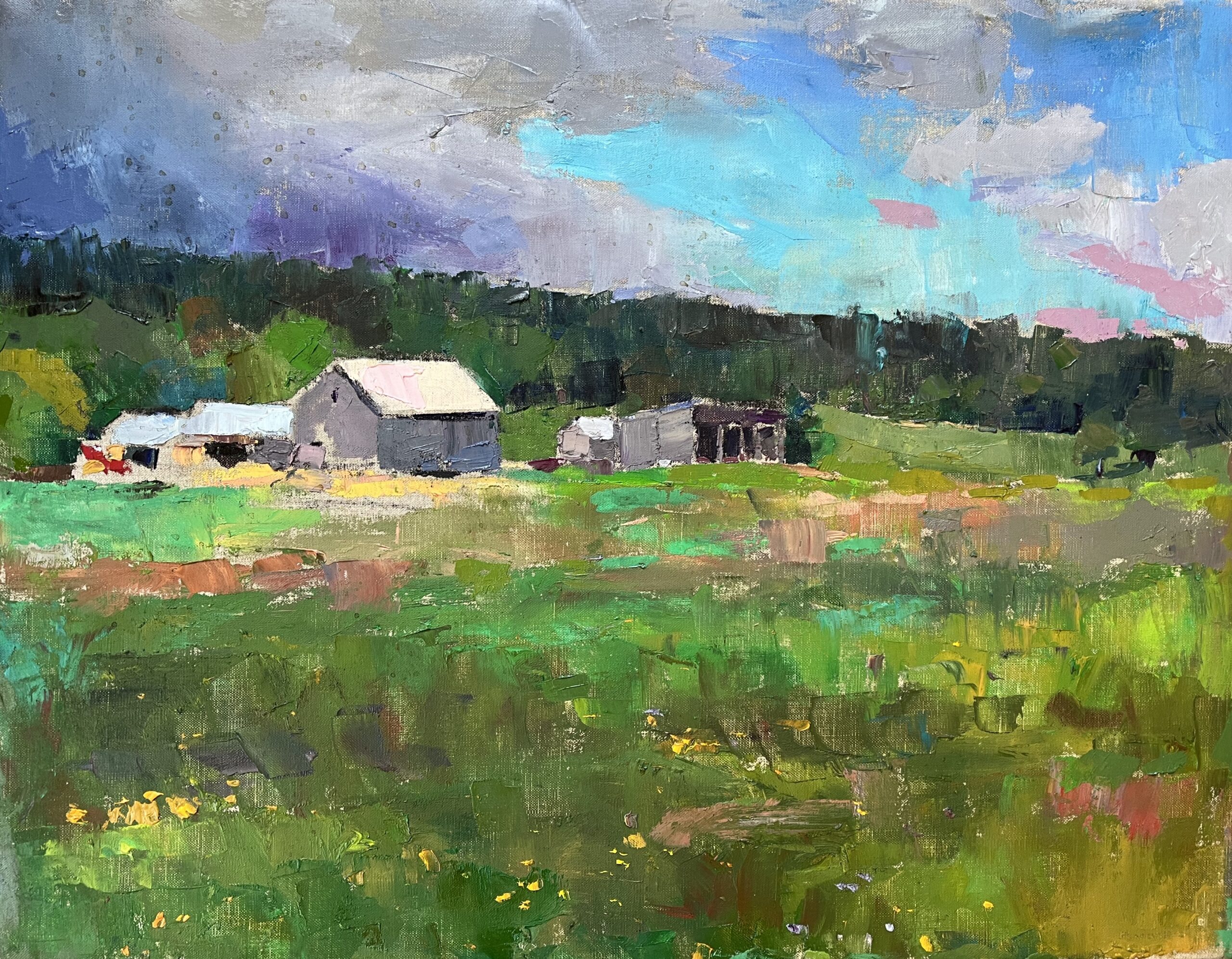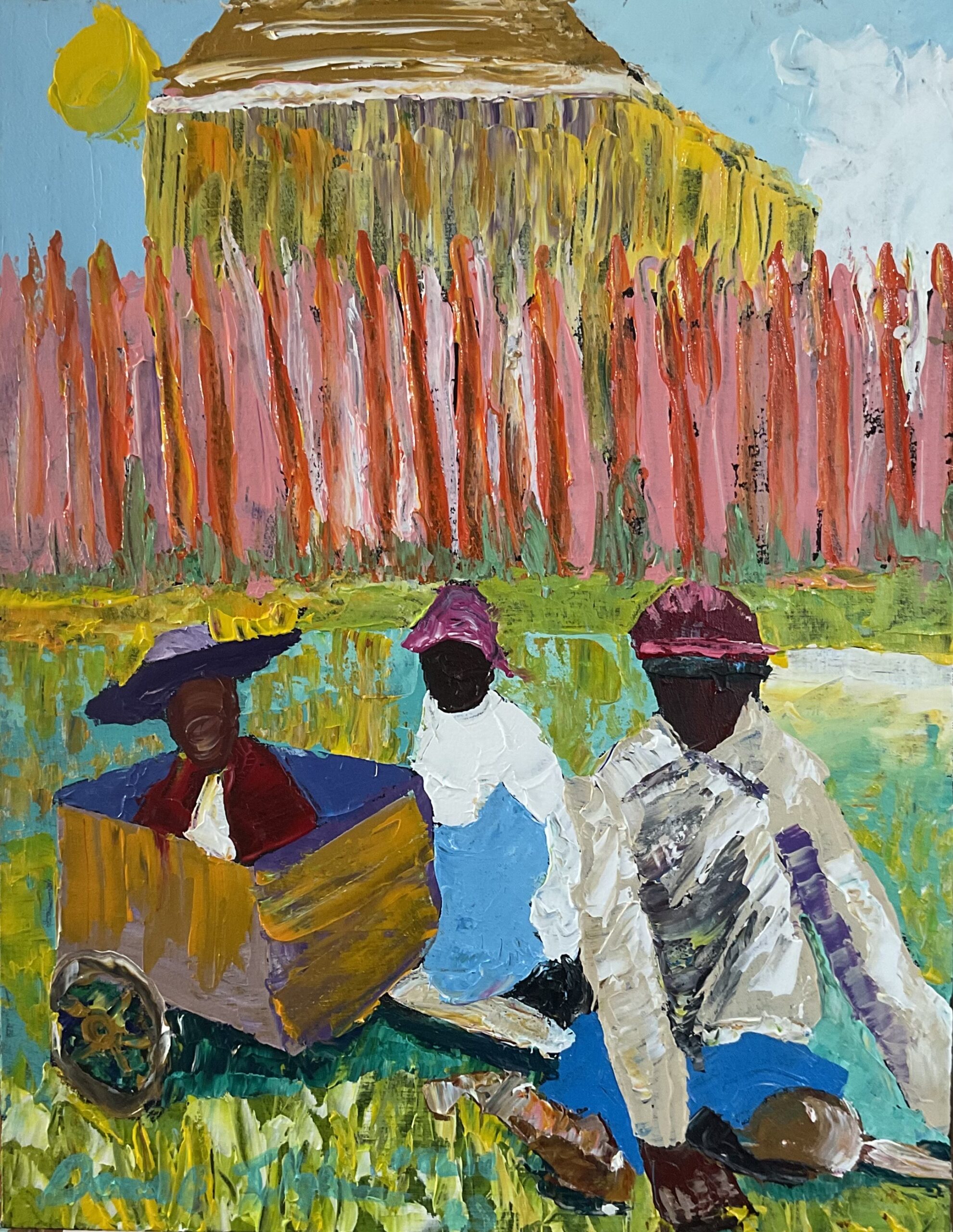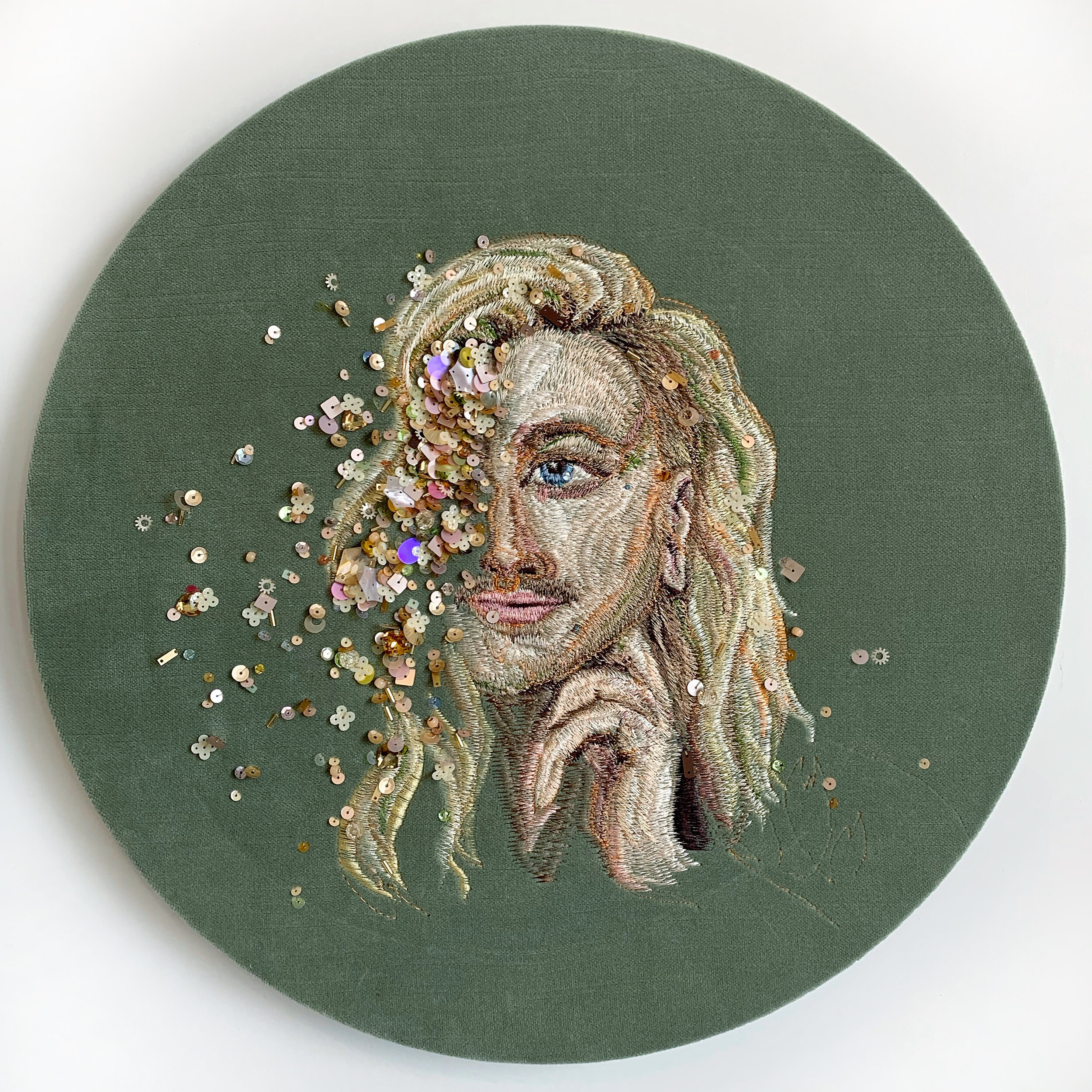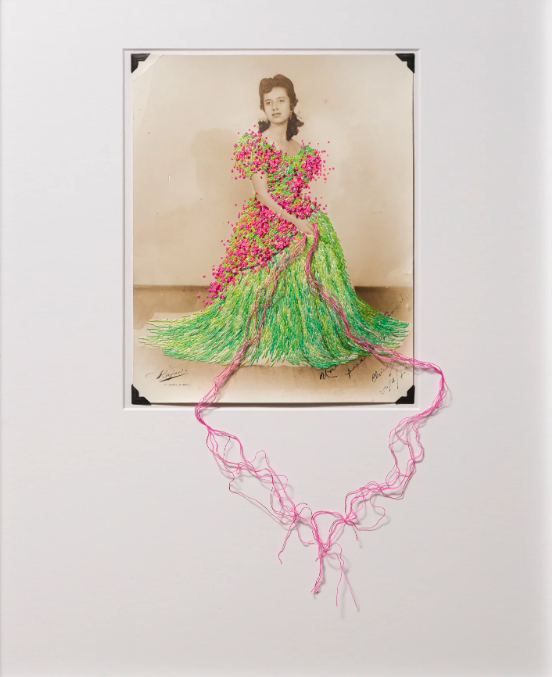Emily Rich still gets a thrill when the newest Bay to Ocean Journal lands in her hands.
“It’s always exciting to see the finished book,” she said. “You see all that work, all those voices, come together. It feels like a community in print.”
Now in its seventh year, the annual literary collection from the Eastern Shore Writers Association (ESWA) brings together poets, essayists, and fiction writers from across Maryland and beyond. This year’s edition once again captures the range of creativity connected to the Shore—work that is personal, place-based, and deeply human.
Like any good story, the journal’s own beginnings are part of what makes it special.
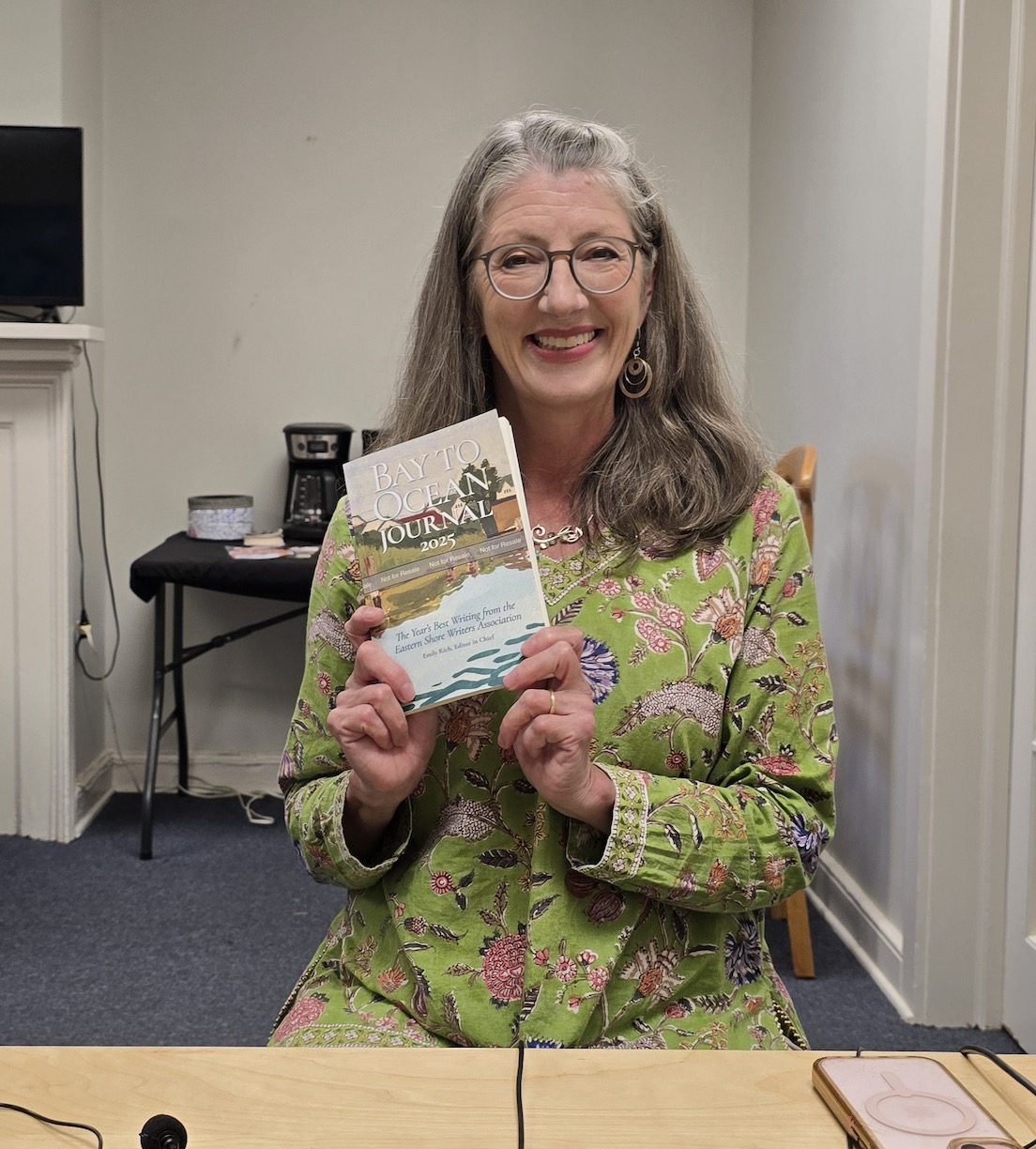
Sc
The journal was first published in 2018 under then-ESWA President Ron Sauder, who wanted to give local writers a dedicated outlet for their work. “Ron started the Bay to Ocean Journal, and I took it over the following year,” Rich said. “I’d already spent many years editing literary magazines like *Little Patuxent Review* and *Delmarva Review*, so I was excited by this new challenge.”
For Rich, who now serves as both editor and president of ESWA, the journal is about far more than publication. “We felt local writers really needed a space where they could all get together,” she said. “And it’s more than just being able to be published. It’s the community that forms by all being part of this journal.”
That sense of connection runs through the 2025 edition, which—without anyone planning it—ended up circling around the idea of time. “With each edition, a theme seems to rise,” Rich said. “They’re not chosen in advance.This year, a lot of people wrote about the concept of time and the way it blurs—when you lose someone, when you reconnect with someone, a lost child, or an elderly parent. Some people discovered secrets about their own heritage. Both the poems and the prose touched on that. It’s really interesting how, for whatever reason, themes will emerge. It wasn’t like the judges were looking for those pieces,” she said. “That’s just what we got.”
And what they got, she said, was strong. “Since we started the journal, the quality of submissions every year has gone up. That makes me feel really good,” Rich said. “When you have to look at pieces several times to decide if they make the cut—that’s a good feeling. It means the journal is really succeeding.”
Each year, she and a small team of volunteer editors read through dozens of submissions, looking for what she calls *the spark. “I hate to be a literary editor stereotype,” she said, “but it really is just something that strikes you. It’s got an emotional spark, a good story arc.”
To keep things fair, the editorial process is blind. “Everything comes to me, but when I send it to my staff, it’s all blind,” she said. “That really helps because we’re a small community. My poetry editor has even said, ‘I know who this is—they’re in my writing group.’ So reading blind helps you focus only on the work.”
Among this year’s standouts is the opening poem, On a Path Austere and Certain, by Diana Fusting.“She talks about how, in the process of going from a child to an adult, she’s learned to quantify everything—from her weight to her GPA—and how she’s longing to get back to that spark of not having to worry about those things,” said Rich. “It really set the theme.”
The poem is followed by a short story about “a man at the end of his life who’s lost his daughter and wife,” she said. “Instead of focusing on the loneliness of that, he finds a place of peace where he feels their presence. It’s really very heartwarming.”
Though the journal welcomes submissions from across the Mid-Atlantic, its roots stay close to home. “There’s no requirement that your piece be about the Shore,” Rich said. “But people love this place, so often their work reflects that love of place. You do have to be a member of the Eastern Shore Writers Association to submit, so everyone has some connection with the community.”
Even the cover stays true to that mission. This year’s artwork by Naomi Clark Turner depicts a view of Oxford. “We always look for local artists,” Rich said. “Naomi lives outside of Oxford, and it just felt right.”
Inside, readers will find everything from poignant essays to pure fun. “There’s one really sweet love story,” she said. “And one hilarious story that starts with a woman describing being on an academic quiz show. She grew up outside Cambridge and tells this story about how she and her teammates tried to get away with saying crazy things on air—like claiming she was a snake handler. It was just so funny to see that side of someone I know as a serious professional.”
For Rich, those discoveries are the best part. “Writing is such a vulnerable endeavor,” she said. “You’re putting yourself out there to be read and judged. That willingness to open up and be part of something—it binds you. It’s a common experience every writer has to go through.”
That shared vulnerability is what fuels the broader ESWA community, including the annual Bay to Ocean Writers Conference, held each March at Chesapeake College. Many contributors discover the journal through the conference and later return to submit their own work.
For those hesitant to take that leap, Rich keeps it simple. “You’re never going to find out unless you do,” she said. “Being a writer without getting rejections is like being a boxer and not wanting to get hit. That’s just part of the game.”
Of course, the writing has to be polished. Her advice to anyone thinking of submitting: “Always have someone else read it—someone who’s going to be honest with you.”
Editing, she admits, has changed her own writing. “The one thing I’ve learned is that you can always cut,” she said. “People think, ‘I can’t get rid of this,’ but you can. You don’t need all the backstory. Just jump right in and get people hooked. You can always fill things in later.”
Outside of the journal, Rich continues to write and teach. Lately, she’s been digging into her family’s history. “My great-grandfather was a gold miner in the 1870s,” she said. “He traveled all over the West—from Virginia City to Helena to Mazatlán. I found his grave—it’s just a metal plaque in the Masons’ cemetery, and he’s there by himself. So I’m trying to piece together that story.”
She also teaches memoir workshops. “Everybody has a story, and that’s what I love about it,” she said. “For memoir, you’re supposed to keep it real, but you can bring in dreams, musings, conjecture. There’s room to play with memory.”
If there’s a thread connecting all of it—editing, teaching, writing—it’s her belief that storytelling builds community. “This is really a labor of love for me,” she said. “It was important to me to work on something that gives space to local writers. I’d really like to encourage those writers out there—join ESWA and submit.”
This year’s Bay to Ocean Journal will officially launch with a book party in Berlin this December, followed by sales at the Bay to Ocean Writers Conference at Chesapeake College next spring. Copies are also available on Amazon and at ESWA events throughout the Shore.
Submissions for the 2026 edition will open in March 2026.
“When you see it all come together,” she said, “it feels like holding up a mirror to our community. You see the heart, the humor, the grief, the love—all of it. That’s what writing is for.”
For additional information, go to: https://www.easternshorewriters.org/





 That dual lens—history and environment—is central to Park’s approach. With a degree in geography and political science from Syracuse University and a background in environmental policy, she brings a spatial and cultural perspective to everything the museum does. “I think about place,” she said. “We’re asking: ‘Who lives there? What happened there? Who got erased?”
That dual lens—history and environment—is central to Park’s approach. With a degree in geography and political science from Syracuse University and a background in environmental policy, she brings a spatial and cultural perspective to everything the museum does. “I think about place,” she said. “We’re asking: ‘Who lives there? What happened there? Who got erased?”

 As Waters describes it, the show is part stand-up, part cultural commentary, part confessional — and entirely new. “I rewrite it completely once every year,” he said. “It’s about everything — politics, fashion, movies, music, how to get on your parents’ nerves. All sorts of things.”
As Waters describes it, the show is part stand-up, part cultural commentary, part confessional — and entirely new. “I rewrite it completely once every year,” he said. “It’s about everything — politics, fashion, movies, music, how to get on your parents’ nerves. All sorts of things.”

 “My niece Salina — yes, with an ‘a’ — is taking her over,” Robertson says. “She lives in Greenport, which is kind of amazing. It’s come full circle.”
“My niece Salina — yes, with an ‘a’ — is taking her over,” Robertson says. “She lives in Greenport, which is kind of amazing. It’s come full circle.”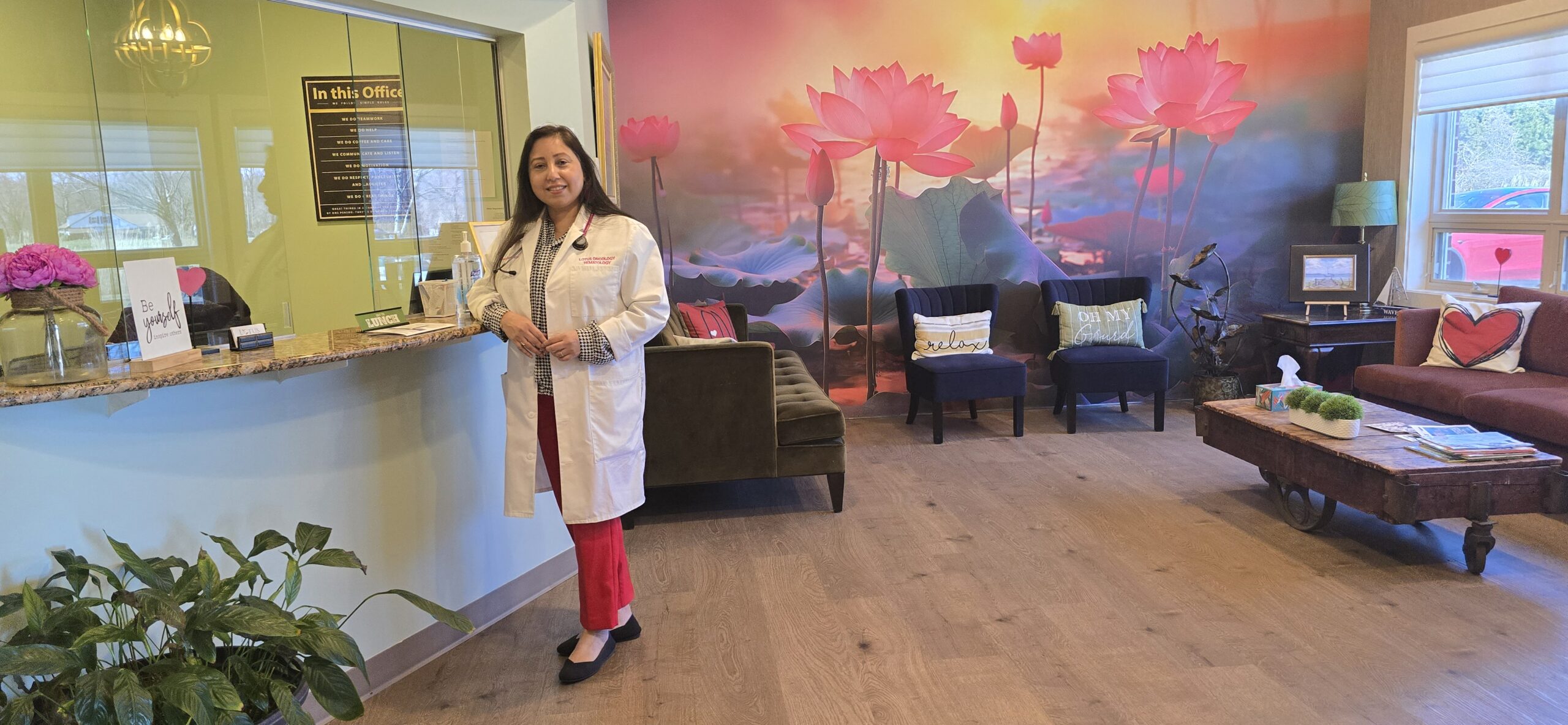
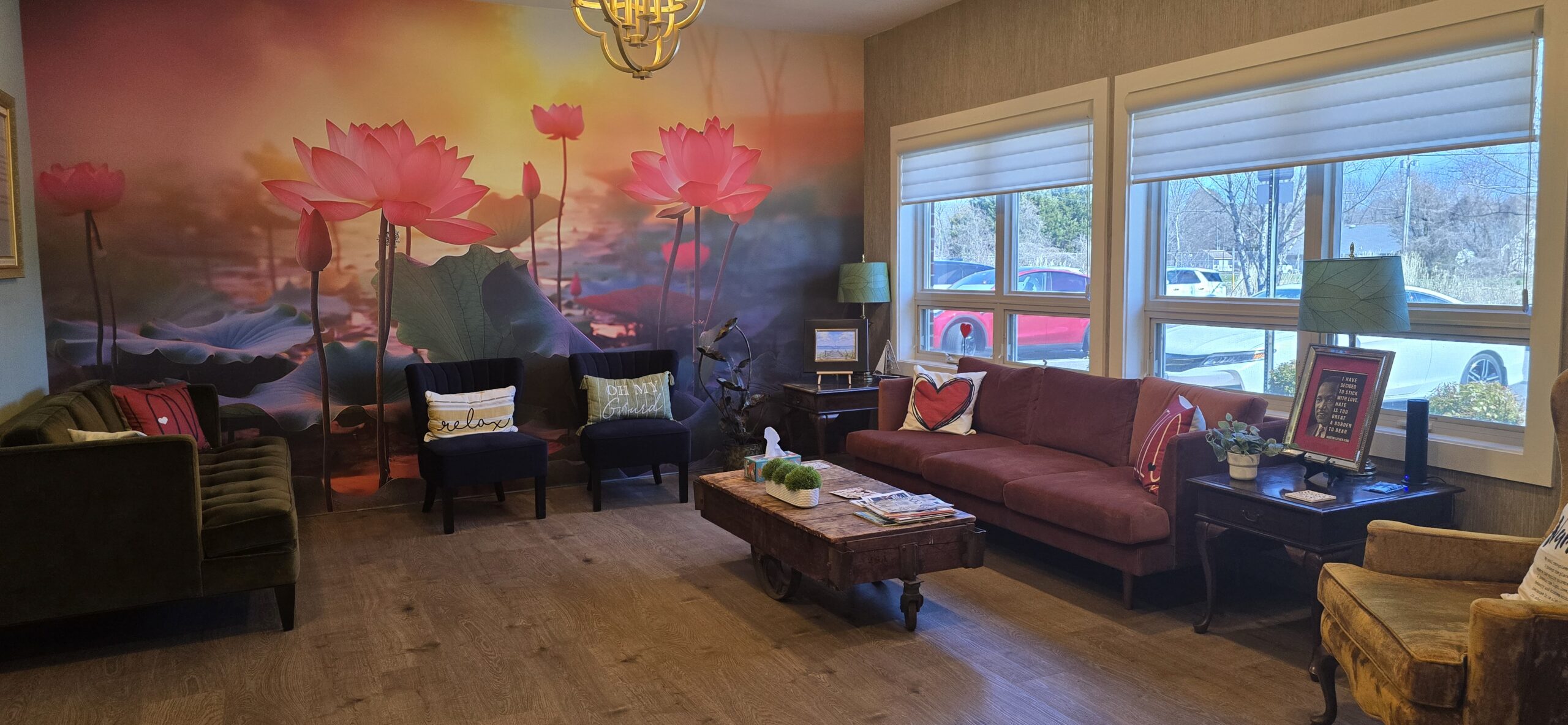 She also brings in integrative therapies backed by research: Acupuncture, yoga, reiki, nutrition support, massage therapy, and reflexology. “Wellness Wednesdays” offers breathwork, sound therapy, and art therapy, with plans to add music, mental health support, and even pet therapy. “We’re working with people in the community to bring this all together,” Dr. Gupta says. “It’s not extra. It’s essential.”
She also brings in integrative therapies backed by research: Acupuncture, yoga, reiki, nutrition support, massage therapy, and reflexology. “Wellness Wednesdays” offers breathwork, sound therapy, and art therapy, with plans to add music, mental health support, and even pet therapy. “We’re working with people in the community to bring this all together,” Dr. Gupta says. “It’s not extra. It’s essential.” Moments of joy—like a husband reclining in a surprise lounge chair during his wife’s infusion or a patient ringing the treatment bell after realizing the whole team, including Dr. Gupta, came out to witness it—are small, but they matter.
Moments of joy—like a husband reclining in a surprise lounge chair during his wife’s infusion or a patient ringing the treatment bell after realizing the whole team, including Dr. Gupta, came out to witness it—are small, but they matter.